Soldier Blue
7 /10 1 Votes
Initial DVD release December 12, 2006 Duration Language English | 7/10 IMDb Genre History, Romance, Western | |||||||||||||||||||||||||||||||||
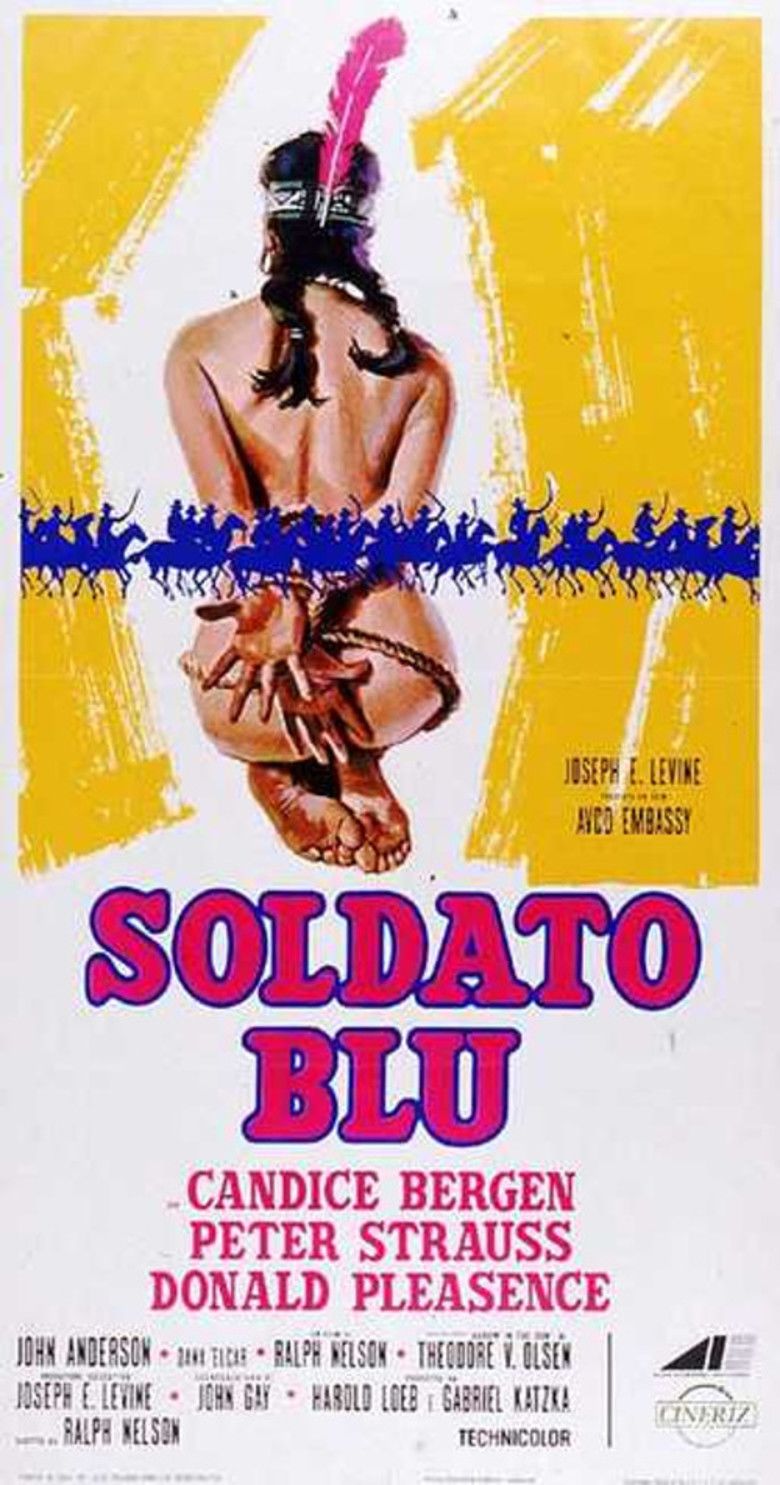 | ||||||||||||||||||||||||||||||||||
Release date August 12, 1970 (New York City) Cast (Kathy Maribel Lee, 'Cresta'), (Honus Gent), (Isaac Q. Cumber), (Col. Iverson), (Spotted Wolf), (Capt. Battles) Similar movies The Charge of the Light Brigade , Harry Potter and the Deathly Hallows: Part 1 , The Lord of the Rings: The Two Towers , The Last Airbender , Salt , Sinister Tagline The most savage film in history! | ||||||||||||||||||||||||||||||||||
While crossing Cheyenne territory en route to Fort Reunion, a group of cavalry officers is brutally attacked by Indians. Afterward, the only survivors are a naive private named Honus Gant (Peter Strauss) and a betrothed woman called Cresta (Candice Bergen) who previously lived among the Indians. As the two try to finish their journey alone, Honus finds himself increasingly attracted to Cresta, and yet simultaneously repelled by her sympathy for the Native American tribes.
Contents
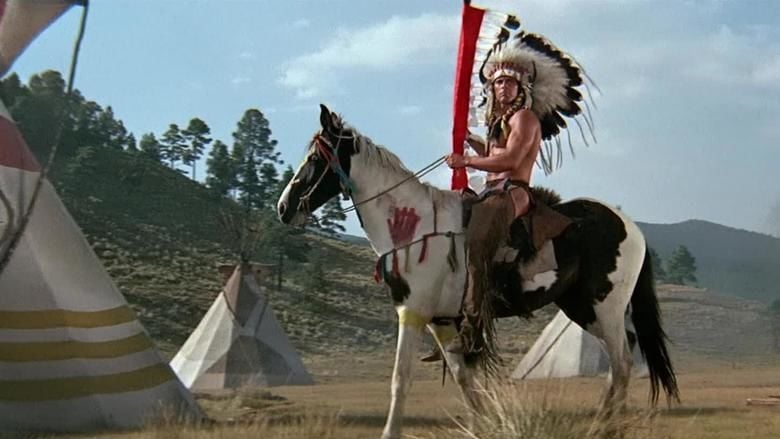
Soldier Blue is a 1970 American Revisionist Western movie directed by Ralph Nelson and inspired by events of the 1864 Sand Creek massacre in the Colorado Territory. The screenplay was written by John Gay based on the novel Arrow in the Sun by Theodore V. Olsen (republished as Soldier Blue after the movie was released). It starred Candice Bergen, Peter Strauss and Donald Pleasence.
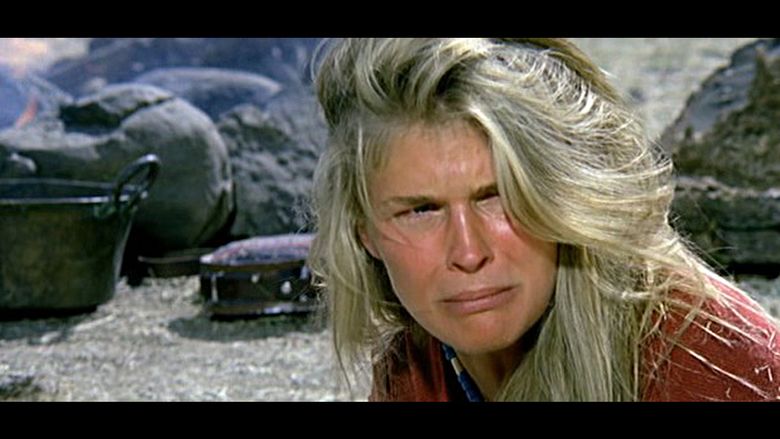
After a cavalry group is massacred by the Cheyenne, only two survivors remain: Honus, a naive private devoted to his duty, and Cresta, a young woman who had lived with the Cheyenne two years and whose sympathies lie more with them than with the US government. Together, they must try to reach the cavalry's main base camp. As they travel onward, Honus is torn between his growing affection for Cresta.
Plot
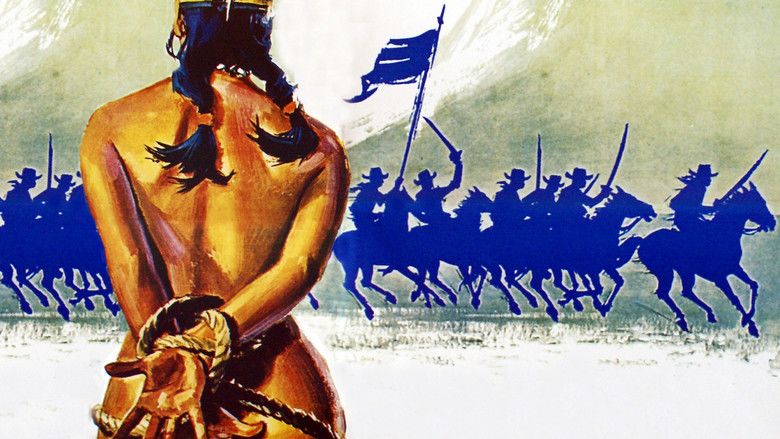
A young woman, Cresta Lee (Bergen), and young U.S. private Honus Gent (Strauss) are joined together by fate when they are the only two survivors after their group is massacred by the Cheyenne. Gent is devoted to his country and duty; Lee, who has lived with the Cheyenne for two years, declares that in this conflict she sympathizes more with them. The two must now try to make it to Fort Reunion, the army base camp, where Crestas fiance, an army officer, waits for her. As they travel through the desert with very low supplies, hiding from the Indians, they are spotted by a group of Kiowa horsemen. Under pressure from Cresta, Honus fights and seriously wounds the groups chief. Honus finds himself unable to kill the chief, and the chiefs own men stab him for his defeat and leave Honus and Cresta alone.

Eventually, after being shot at by a white man who supplied guns to the Indians, Honus finds himself alone in a cave where Cresta leaves him to get help. She arrives at Fort Reunion, only to discover that her fiances cavalry plans to attack the peaceful Indian village of the Cheyenne the following day. She runs away on a horse and reaches the village in time to warn Spotted Wolf, the Cheyenne chief. The chief refuses to indulge in warfare and rides out to extend a hand of friendship to the American soldiers using the U.S. flag. The soldiers, however, obey the orders of their commanding officer to open fire at the village. After a cavalry charge decimates the Indian men, the soldiers enter the village and begin to rape and kill the female survivors as Honus attempts to disrupt the massacre. Cresta attempts to lead the remaining women and children to safety, but her group is discovered and massacred while Cresta herself is spared. After the battle, Honus is led away in shackles and Cresta departs with the remaining survivors.
Cast
Production
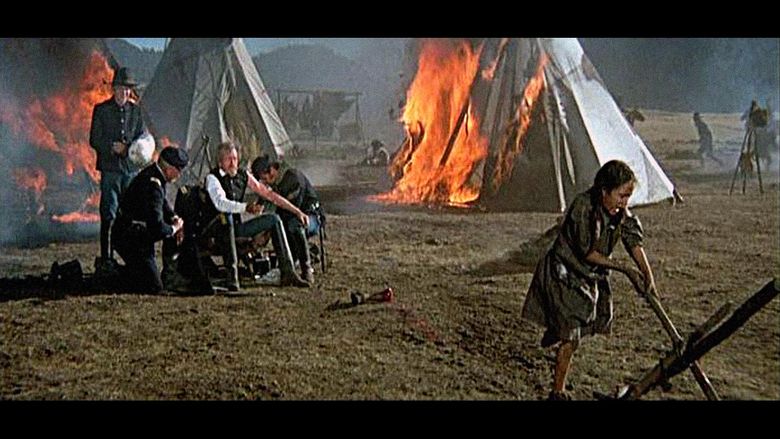
The movie provided the first motion picture account of the Sand Creek massacre, one of the most infamous incidents in the history of the American frontier, in which Colorado Territory militia under Colonel John M. Chivington massacred a defenseless village of Cheyenne and Arapaho on the Colorado Eastern Plains.
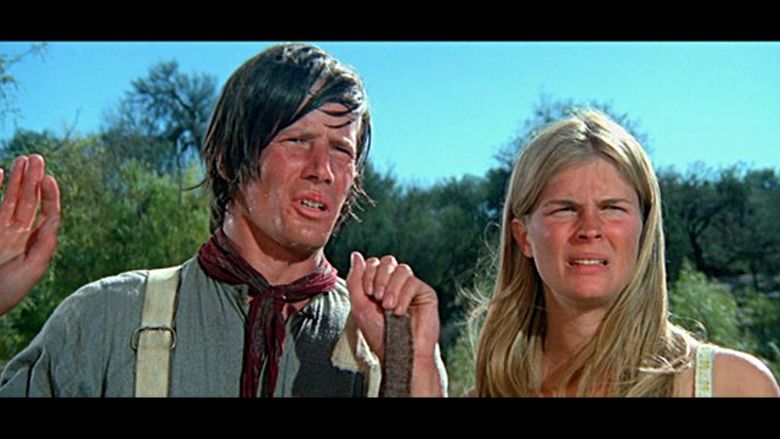
The account of the massacre is included as part of a longer fictionalized story about the escape of two white survivors from an earlier massacre of U.S. Cavalry troops by Cheyenne, and names of the actual historical characters were changed.
Similar Movies
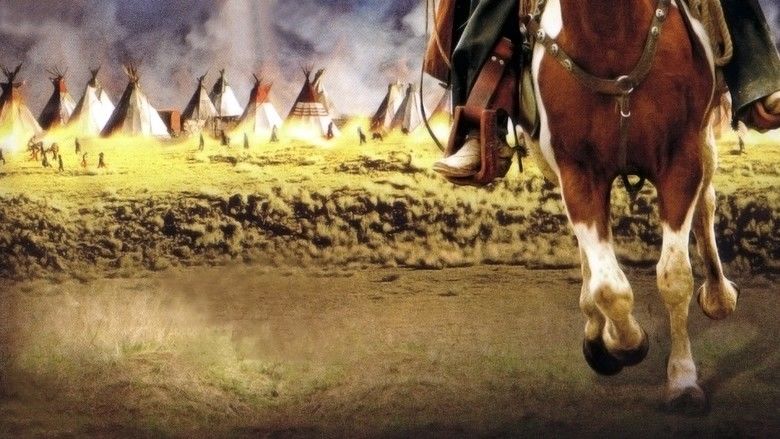
Little Big Man (1970). Ralph Nelson directed Soldier Blue and Duel at Diablo. Donald Pleasence and John Anderson appear in Soldier Blue and The Hallelujah Trail. The Guns of Fort Petticoat (1957). Fort Massacre (1958).
Reception
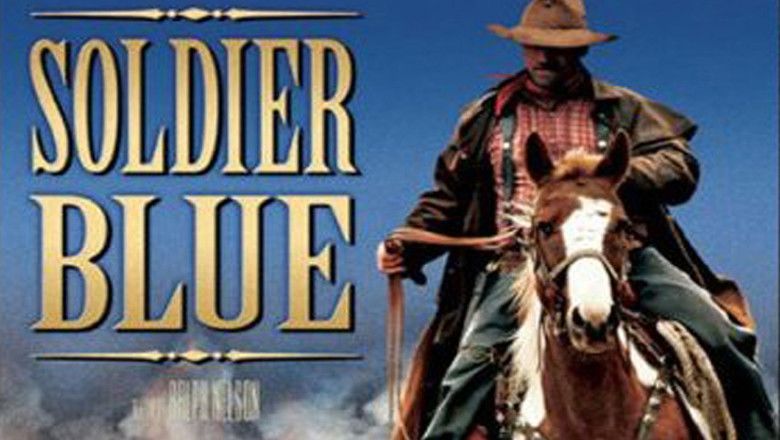
The film was the third most popular movie at the British box office in 1971. It brought $1.2 million from the U.S./ Canada rentals. The title song, written and performed by Buffy Sainte-Marie, was released as a single and became a top ten hit in the UK as well as other countries in Europe and Japan during the summer of 1971.
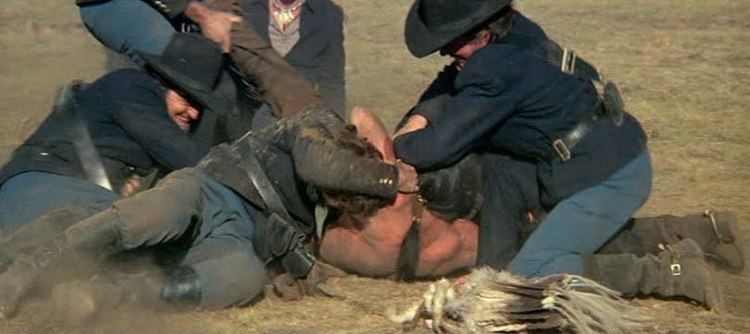
In September 1970, Dotson Rader of The New York Times, wrote that Soldier Blue "must be numbered among the most significant, the most brutal and liberating, the most honest American films ever made."
Released during the Vietnam War, shortly after public disclosure of the My Lai massacre, the film was controversial at the time not only for its subject matter, but also for its graphic depictions of violence. Nelson, who also appeared in the movie in a minor role, pushed the depiction of the violence to explicit levels, showing nudity during rape scenes, as well as realistic close-up shots of bullets ripping into flesh. British author and critic P.B. Hurst wrote:
A good number of critics in 1970 believed that Soldier Blue had set a new mark in cinematic violence, as a result of its graphic scenes of Cheyenne women and children being slaughtered, and had thus lived up – or down – to its U.S. poster boast that it was "The Most Savage Film in History." A massive hit in Great Britain and much of the rest of the world, Soldier Blue was, in the words of its maverick director, Ralph Nelson, "not a popular success" in the United States. This probably had less to do with the pictures groundbreaking violence, and more to do with the fact that it was the U.S. Cavalry who were breaking new ground. For Nelsons portrayal of the boys in blue as blood crazed maniacs, who blow childrens brains out and behead women, shattered for ever one of Americas most enduring movie myths – that of the cavalry as good guys riding to the rescue – and rendered Soldier Blue one of the most radical films in the history of American cinema. The films failure in its homeland might also have had something to do with the perception in some quarters – prompted by production company publicity material – that it was a deliberate Vietnam allegory.
References
Soldier Blue WikipediaSoldier Blue IMDb Soldier Blue themoviedb.org
